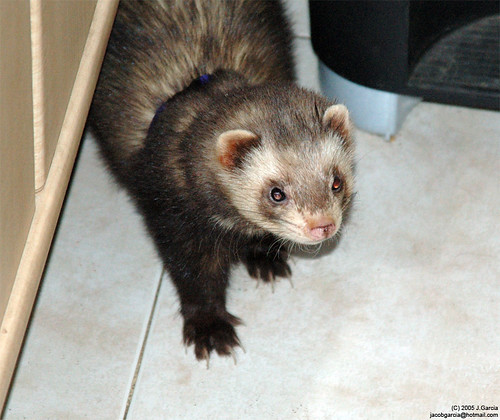My host told me to go ahead and fill up at the wet burrito bar a half hour before I was scheduled to talk to a large audience. I politely declined.
I can’t eat just ANYTHING before a major presentation. I don’t want to subject the audience to a fit of, em, gastronomic distress during a presentation. I know better than to digest a large, spicy, bean-filled meal minutes before having a microphone clipped near my face.
And yet, I need to eat. I expend energy during a presentation. I’m not the kind of person who can go without food.
So what can I eat before a presentation? I got into the habit of packing a peanut butter sandwich. On whole grain bread. And drinking water. That’s it. That’s been my go-to for a pre-presentation meal for an awfully long time. It gives me energy. It sticks to my ribs. No blood sugar crashing — and no burping. It also packs easily. I can put a few peanut butter sandwiches in a zip lock bag, and they can survive a mean day of travel. Pair it with a banana or other piece of fruit, and it works for me.
Of course, I veer from this pre-performance diet from time to time. Out of circumstance and politeness, I’ll often eat whatever my host will present to me. As long as it’s not stinky, sugary, or burpy, I’ll probably eat it. And sometimes, event coordinators serve meals that are great for performance energy, but they’re delicious, too.
But as much as I’d like to tell you that my peanut-butter presentation diet is a sensible solution to keeping my energy high while avoiding discourteous gastronomical side effects, I have my suspicions. It seems that performers and presenters are a superstitious lot — we get into habits that have nothing to do with reason. I’m the sort that usually has a peanut butter sandwich on my person while travelling.
But is that good nutrition…or weird superstition?
Many actors say “break a leg” instead of “good luck” before a performance. Whistling behind the stage or uttering the name of a certain Shakespeare play? This is also supposed to bring bad luck. And let’s not forget all the good luck superstitions: athletes and actors are famous for carrying good luck talismans or undergoing quirky little rituals before performing.
Is my peanut butter sandwich + water pre-presentation diet practical and sensible — or have I veered off into the land of the supernatural? Could my peanut butter sandwich simply be a good-luck charm? Am I nutritious or superstitious?
What’s your presentation diet plan? What foods do you avoid — or are absolute must-haves on the day of a performance?
Even if it’s not food-related — what’s the oddest ritual or habit you’ve heard of someone routinely undertaking before a performance?




